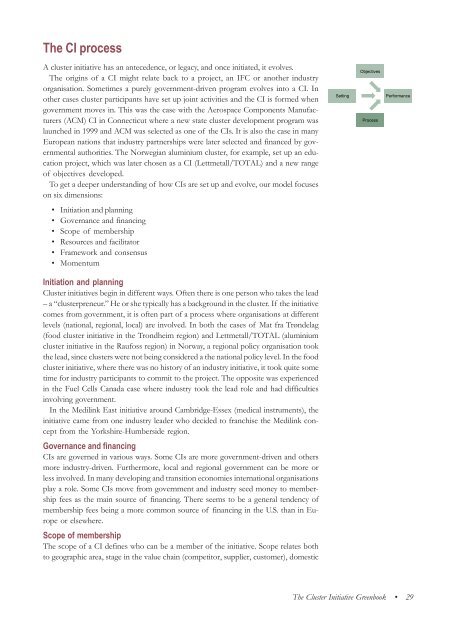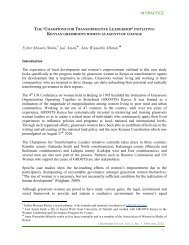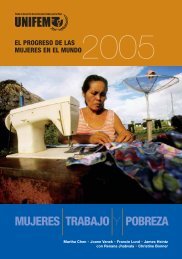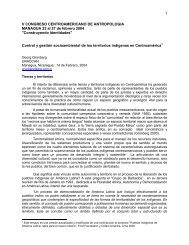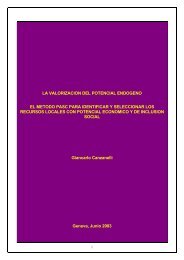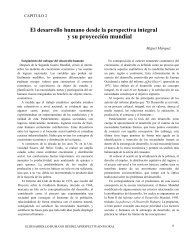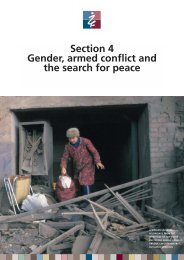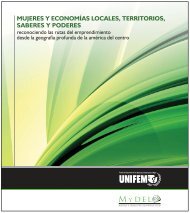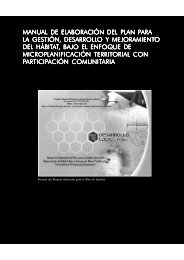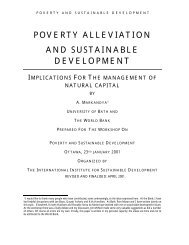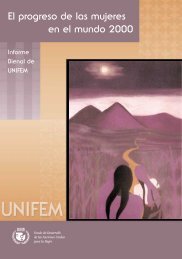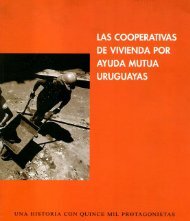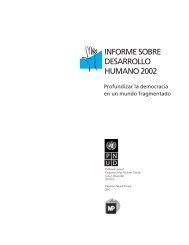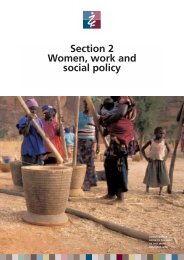The Cluster Initiative Greenbook
The Cluster Initiative Greenbook
The Cluster Initiative Greenbook
You also want an ePaper? Increase the reach of your titles
YUMPU automatically turns print PDFs into web optimized ePapers that Google loves.
<strong>The</strong> CI process<br />
A cluster initiative has an antecedence, or legacy, and once initiated, it evolves.<br />
<strong>The</strong> origins of a CI might relate back to a project, an IFC or another industry<br />
organisation. Sometimes a purely government-driven program evolves into a CI. In<br />
other cases cluster participants have set up joint activities and the CI is formed when<br />
government moves in. This was the case with the Aerospace Components Manufacturers<br />
(ACM) CI in Connecticut where a new state cluster development program was<br />
launched in 1999 and ACM was selected as one of the CIs. It is also the case in many<br />
European nations that industry partnerships were later selected and financed by governmental<br />
authorities. <strong>The</strong> Norwegian aluminium cluster, for example, set up an education<br />
project, which was later chosen as a CI (Lettmetall/TOTAL) and a new range<br />
of objectives developed.<br />
To get a deeper understanding of how CIs are set up and evolve, our model focuses<br />
on six dimensions:<br />
Setting<br />
Objectives<br />
Process<br />
Performance<br />
• Initiation and planning<br />
• Governance and financing<br />
• Scope of membership<br />
• Resources and facilitator<br />
• Framework and consensus<br />
• Momentum<br />
Initiation and planning<br />
<strong>Cluster</strong> initiatives begin in different ways. Often there is one person who takes the lead<br />
– a “clusterpreneur.” He or she typically has a background in the cluster. If the initiative<br />
comes from government, it is often part of a process where organisations at different<br />
levels (national, regional, local) are involved. In both the cases of Mat fra Trøndelag<br />
(food cluster initiative in the Trondheim region) and Lettmetall/TOTAL (aluminium<br />
cluster initiative in the Raufoss region) in Norway, a regional policy organisation took<br />
the lead, since clusters were not being considered a the national policy level. In the food<br />
cluster initiative, where there was no history of an industry initiative, it took quite some<br />
time for industry participants to commit to the project. <strong>The</strong> opposite was experienced<br />
in the Fuel Cells Canada case where industry took the lead role and had difficulties<br />
involving government.<br />
In the Medilink East initiative around Cambridge-Essex (medical instruments), the<br />
initiative came from one industry leader who decided to franchise the Medilink concept<br />
from the Yorkshire-Humberside region.<br />
Governance and financing<br />
CIs are governed in various ways. Some CIs are more government-driven and others<br />
more industry-driven. Furthermore, local and regional government can be more or<br />
less involved. In many developing and transition economies international organisations<br />
play a role. Some CIs move from government and industry seed money to membership<br />
fees as the main source of financing. <strong>The</strong>re seems to be a general tendency of<br />
membership fees being a more common source of financing in the U.S. than in Europe<br />
or elsewhere.<br />
Scope of membership<br />
<strong>The</strong> scope of a CI defines who can be a member of the initiative. Scope relates both<br />
to geographic area, stage in the value chain (competitor, supplier, customer), domestic<br />
<strong>The</strong> <strong>Cluster</strong> <strong>Initiative</strong> <strong>Greenbook</strong> • 29


